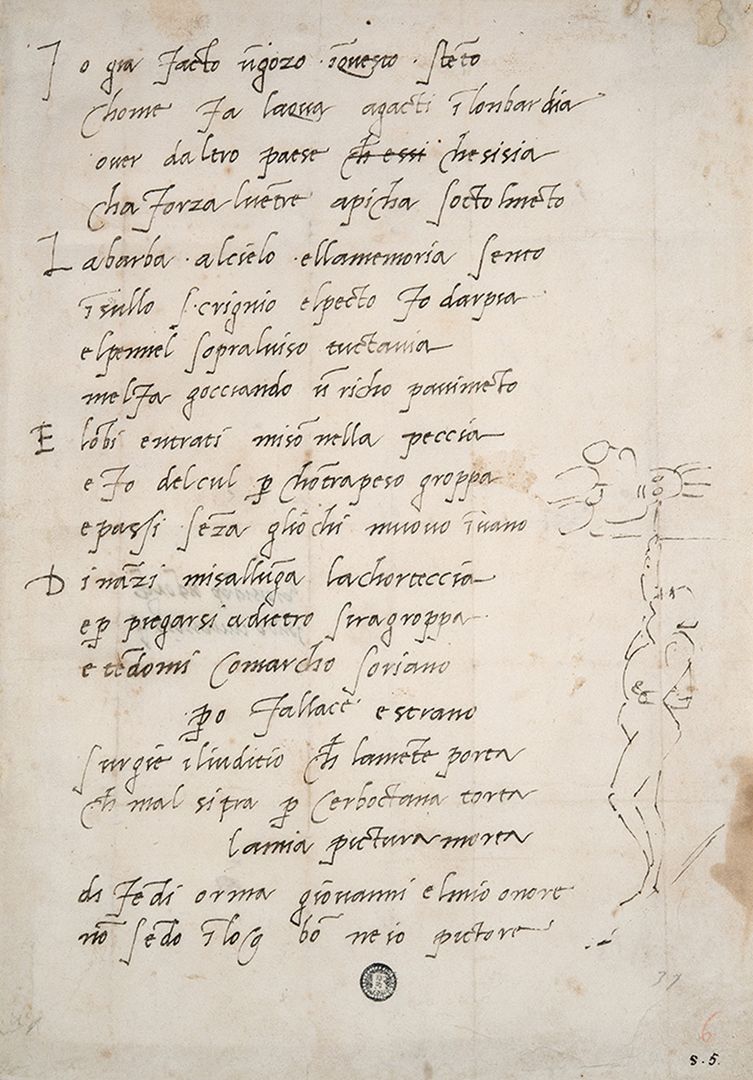A new theory is gaining traction among Renaissance Art scholars, which suggests that Michelangelo, the famous master behind the ceiling fresco of the Sistine Chapel, may have portrayed himself as God. If this is true, then this sneaky selfie tells us a lot about how fond he was of himself.
The “Creation of Adam” is an iconic feature of the vast number of images appearing on the ceiling in the Vatican. There are over 300 biblical characters on this 464-square-meter (5,000-square-foot) space, but the image of God, depicted as an older man with a flowing beard suspended in a floating cloak and pointing a finger towards a reclining Adam (representing humanity), is the most famous of all. The image has been revered and celebrated for centuries, and is likely the feature tourists seek when visiting the chapel.
The fresco has also been the source of much speculation and interpretation over the years. For instance, a popular idea emerged in 1990 suggesting that the unusually shaped cloak behind God secretly depicts the human brain.
According to this idea, suggested by Frank Lynn Meshberger, Michelangelo understood that his creative genius came from his brain and not his hands, and that the intellect was a gift from God. Meshberger analyzed the fresco and mapped the brain to show how they match his perspective. So rather than simply providing Adam with the spark of life, as the traditional interpretation of the scene would have us believe, God is also passing humankind the spark of intellect. This explanation was made popular in HBO’s Westworld, but it is far from being a conclusive hypothesis and many remain skeptical.
In this latest work, Adriano Marinazzo, a curator of special projects at Virginia’s Muscarelle Museum of Art at The College of William & Mary, believes that he has evidence that Michelangelo actually put himself in the role of God in this image. Marinazzo, who has made several important discoveries concerning Michelangelo in the past, thinks he found evidence of this connection while examining a sonnet the artist wrote between 1509 and 1511. In the sonnet, Michelangelo complains about how the Sistine job was exhausting him and aired frustration.
In the margins of this sonnet, there’s an unusual doodle of a man standing with his legs crossed while reaching up to paint a face on the ceiling above him. According to Marinazzo, if you rotate the image so it is on its side, the image is oddly similar to God’s pose in the Creation of Adam.
“He’s hidden himself in the ceiling,” Marinazzo told The Wall Street Journal in an interview. “The face is idealized because Michelangelo was self-conscious about his smashed nose, but this is the closest he’s ever come to presenting himself as divine.”
Marinazzo’s idea is interesting and would certainly match other work that suggests Michelangelo liked to include himself in his work, but it has not convinced everyone. There is still no corroborating evidence to support this specific interpretation, but a number of significant scholars do see merit in it.
In particular, they emphasize Michelangelo’s sense of humor, which is often overlooked by historians. He was also extremely fond of himself, as Gary Radke, an Italian Renaissance expert at Syracuse University told The Wall Street Journal.
“Michelangelo had an ego beyond belief,” Radke explained, “so all his art was autobiography to him. He was a modern artist in that way.”
Marinazzo’s interpretation was published in December 2022 in Critica d’Arte.
Source Link: Did Michelangelo Really Paint Himself As God In The Sistine Chapel?
